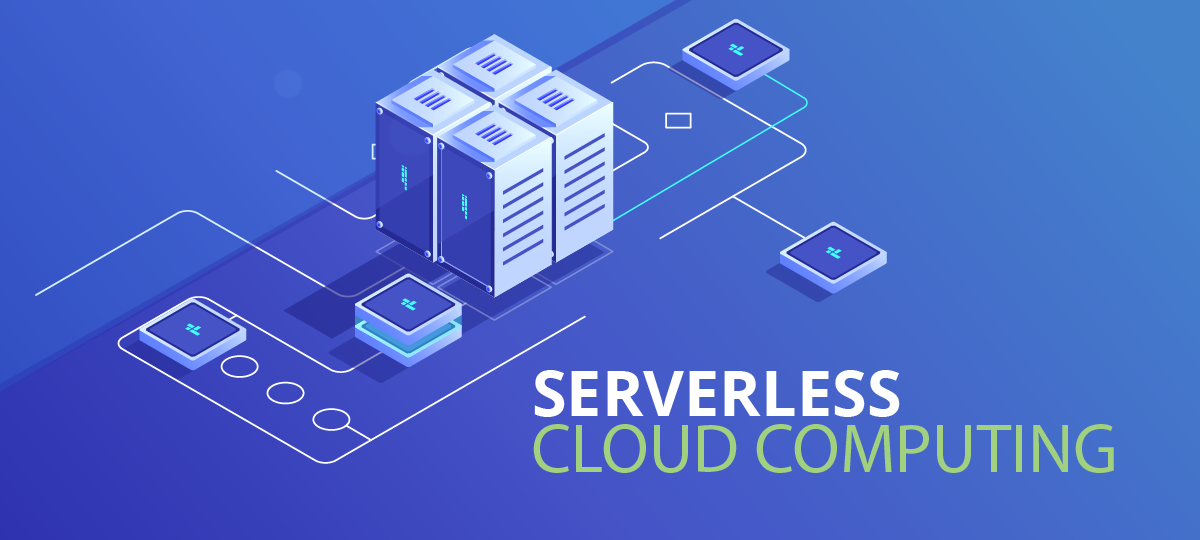Serverless computing has emerged as a transformative approach to application development, enabling developers to focus on writing code without worrying about managing infrastructure. By utilizing serverless code patterns, developers can design applications that are scalable, cost-effective, and easy to maintain. This article explores popular serverless code patterns, highlights their benefits, and shares best practices for leveraging serverless technologies.
What is Serverless Computing?
Serverless computing is a cloud-native development model where cloud providers manage the infrastructure required to run applications automatically. Developers only need to write business logic and deploy it as functions, often referred to as Functions as a Service (FaaS). The serverless model dynamically allocates resources based on demand, ensuring scalability and cost-efficiency.
Key Features of Serverless Computing:
- Event-driven architecture: Functions are typically triggered by events, such as HTTP requests, database changes, or message queues.
- Automatic scaling: Serverless platforms automatically scale up or down based on demand, ensuring high availability and performance.
- Pay-per-use pricing: You only pay for the execution time of your functions, making it a cost-effective solution for workloads that vary.
Popular Serverless Code Patterns
Event-Driven Pattern
The event-driven pattern is the most common pattern in serverless computing. In this pattern, functions are triggered by events from various sources, such as HTTP requests, database changes, or messages from a queue. Each event triggers a new execution of the function.
Example: An AWS Lambda function is triggered when a new object is uploaded to an S3 bucket. The function processes the object (e.g., resizing an image) and stores the output in another location.
Benefits:
- Scalable and responsive to incoming events.
- Automatically scales based on demand.
Challenges:
- Requires proper error handling and retry logic for managing event processing failures.
Microservices Pattern
In the microservices pattern, applications are broken into smaller, independent services. Each service can be deployed and scaled independently, with each function handling specific business logic. Serverless platforms are ideal for microservices because they allow functions to scale based on demand.
Example: A product recommendation service could be a serverless function that interacts with inventory, user profiles, and external APIs. Each service operates independently and can be updated or scaled without affecting others.
Benefits:
- Scalability and flexibility.
- Each microservice can be independently developed and maintained.
Challenges:
- Complex orchestration and integration between multiple functions.
- Monitoring and managing distributed services can be more difficult.
Stateful Serverless Pattern
Although serverless functions are inherently stateless, the stateful serverless pattern introduces state management. This pattern stores state externally (e.g., in databases, object storage, or stateful services) to retain context across multiple function invocations.
Example: In a checkout process, the first function collects user data, the second processes payment, and the third finalizes the order. The state is stored in a database or managed via AWS Step Functions.
Benefits:
- Maintains continuity across invocations.
- Supports complex workflows and multi-step processes.
Challenges:
- Additional complexity in managing external state.
- Potential latency issues with remote storage.
API Gateway Pattern
The API Gateway pattern exposes serverless functions as HTTP endpoints. It helps integrate serverless functions into web applications or services via RESTful APIs. An API Gateway handles routing, request validation, and security.
Example: A serverless backend where an API Gateway routes HTTP requests to AWS Lambda functions that handle tasks like user registration, authentication, and profile management.
Benefits:
- Simplifies API management and scaling.
- Supports rapid development and easy integration with front-end applications.
Challenges:
- Handling large-scale traffic spikes.
- Ensuring proper security with authentication and rate limiting.
Queue-Based Pattern
The queue-based pattern is used when tasks need to be processed asynchronously. In this pattern, tasks are placed in a queue, and serverless functions process them. This decouples components and allows for efficient background task handling.
Example: In an order processing system, an order is added to a queue, and multiple serverless functions pick up the order to validate, process payment, and prepare shipping.
Benefits:
- Decouples components, improving fault tolerance and scalability.
- Enables asynchronous processing.
Challenges:
- Requires proper queue management to handle variable workloads.
- Managing failures and retries can become complex.
Best Practices for Serverless Code
1. Optimize for Cold Starts
Serverless functions can experience cold starts, where there is a delay in function execution. To reduce this latency, optimize the initialization time by minimizing dependencies and using provisioned concurrency for critical functions.
2. Design for Scalability
While serverless applications automatically scale, ensure your functions are idempotent, stateless, and optimized to handle a large number of concurrent invocations.
3. Monitor and Log
Use monitoring tools like AWS CloudWatch, Azure Monitor, or Google Cloud Monitoring to track performance, latency, and errors. Proper logging will help troubleshoot issues quickly.
4. Manage Dependencies Carefully
Minimize the size of deployment packages by including only essential dependencies. Optimize the use of package managers to manage and optimize dependencies, reducing function execution time.
5. Implement Security Best Practices
Serverless applications often deal with sensitive data. Use encryption for data in transit and at rest, enforce strict IAM policies, and store sensitive credentials in environment variables.
Challenges of Serverless Computing
Cold Start Latency
Cold starts can introduce latency, especially with infrequent function invocations. To mitigate this, consider warming functions or using provisioned concurrency.
Debugging and Testing
Debugging serverless functions can be challenging due to their distributed nature. Local testing frameworks and improved logging tools can help streamline debugging.
Vendor Lock-in
Serverless platforms are often tightly integrated with specific cloud providers, which can make migration or multi-cloud solutions difficult. Plan carefully to minimize this risk.
Complexity in Orchestration
As serverless applications become more complex, managing communication and sequencing between functions can be challenging. Use tools like AWS Step Functions or Azure Durable Functions to simplify orchestration.
Conclusion
Serverless computing offers a powerful way to build scalable, cost-efficient applications. By understanding and implementing popular serverless code patterns, businesses can accelerate development, reduce operational overhead, and scale applications effortlessly. Adhering to best practices ensures that serverless applications remain reliable, secure, and high-performing.

